Most Common Pests in Cannabis: Grasshoppers
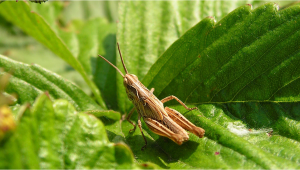
- 1. What are grasshoppers?
- 2. How to identify a grasshopper invasion
- 3. How to get rid of a grasshopper pest in your cannabis plants
- 3. a. Keep an eye on grasshoppers
- 3. b. Keep your ground soil clear
- 3. c. Using pesticides to get rid of grasshoppers pests
- 3. d. Using other plants as allies
- 3. e. Call birds for help to get rid of grasshopper pests
- 3. f. All-purpose flour a.k.a. grasshopper's nightmare
- 4. Using fungi as biological control
- 5. Other common pests to look out for
- 6. The bottom line
When you grow your own cannabis seeds, the duty becomes one sort of like the one of a parent, right, a god, or a dog owner, as to say (parents who read this could get furious by the comparison, bear with us). What do we mean? Well, you're in charge of making a living being survive anything that comes their way. And why do you do that? Well simply because you love this being and you want what's best for them to come, whichever the case. And just like any father or mother, protecting your babies, or weed plants should be your number one priority, perhaps for different reasons when it comes to cannabis but the analogy just works to portray the worry.
So what happens when you see that one of our babies is in danger? Of course, we'll try anything within our reach or even more to try to help the situation and make it better. If your kid is being bullied you'll feel the urge to stop this, wouldn't you?
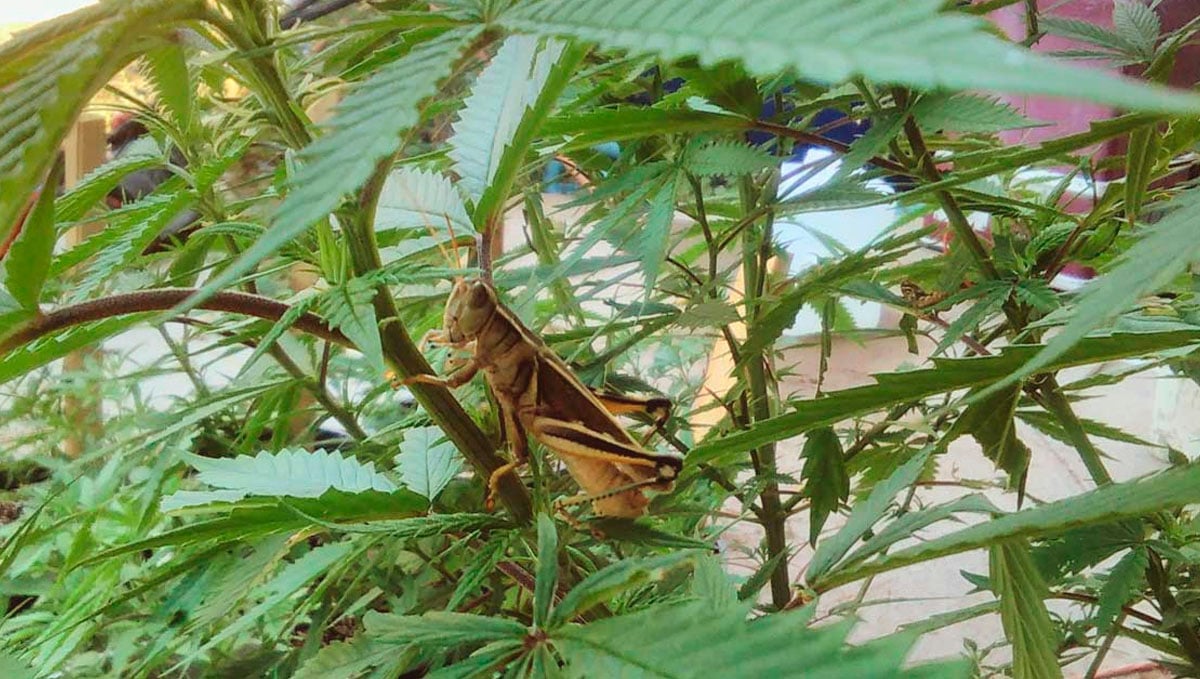
Well, sometimes, certain pests bully our dear marijuana plants, and we're not gonna sit through that bullying either. Grasshoppers, for instance, aren't strangers to weed plants since they enjoy attacking the poor defenseless, but luckily we're here to help. Let's find out how grasshopper pests on cannabis look and how to get rid of them as soon as possible.
1. What Are Grasshoppers?
Grasshoppers are insects that belong to the suborder group known as Caelifera, which is, at the same time, a suborder of orthopteran insects. Grasshoppers are about the most ancient living group of chewing herbivorous insects, along with others, dating as far back as the Triassic, more than 250 million years ago.
The most common characteristics among these herbivorous insects include:
- Like most insects, they have a segmented body in three parts: head, thorax, and abdomen;
- Three pairs of legs;
- One pair of antennas;
- A tracheal system;
- And sometimes a set of wings, which actually makes them locusts insects.
And while these guys might seem friendly and harmless, we did mention how they're herbivorous, which means that, much like vegan people, they love eating plants, including marijuana. So if you have suspicions that grasshoppers might be attacking your plants, try to fight them as soon as you can. Identifying a grasshopper attack in an early stage isn't that difficult, there are some evident signs that these guys have been wandering around your baby greens, which we'll list right below.
2. How To Identify a Grasshopper Invasion
Grasshoppers aren't going to kill your cannabis plants that fast when they're just a few, but the stress they'll cause them with their attacks will be enough for the effects to be shown in the long-term results. Hush lil' babies don't you cry. So, if you want to keep up your future plants' results then you'll need to make sure you get rid of these evil insects as soon as you can. These jumpy insects normally start by eating on your cannabis plants' leaves, then moving onto the stems, which could lead them to break off, killing the whole branch.
Watch out!
Be careful with your seedlings since these devil grasshoppers have no mercy and love killing these babies, even more than adult plants.
Here are a couple of the most common signs that either grasshoppers or locusts are feeding off your cannabis plants.
| Sign | Details |
|---|---|
| Holes and bite marks on leaves | When you notice the appearance of some strange, irregular holes on your plants' fan leaves, then chances are that some bold grasshoppers dared to start eating them. This is most commonly at the beginning of the season, while other bugs aren't yet active. |
| Dryness | Another big sign of a grasshopper attack is dryness in your plants, as your plants are trying to scream out for help. |
| Damage to the stems |
Some types of grasshoppers love eating the stems and will indeed kill your entire plants' branches if not attended. |
| Fastened damage | Once you notice the first few holes on the leaves, if they spread at a big speed then most likely grasshoppers are the reason behind as they can be quite fast eaters. Did they grow up with Monica from F.R.I.E.N.D.S.? |
| Chirping sounds | If you hear the oh-so recognizable chirping sounds of grasshoppers take action before they even come close to your babies! |
Okay soldier, now that you are aware of the biggest signs of an enemy attack, grasshoppers, in this case, it's time we train you for the battlefield.
3. How To Get Rid of a Grasshopper Pest In Your Cannabis Plants
As we said before, if you want to grow your own marijuana plants, then you'll need to be an attentive parent figure for them, this means, listen to their cries of help, and never, ever, let anyone harm them. So do go wild if you notice that pests such as grasshoppers have come to disturb your family.
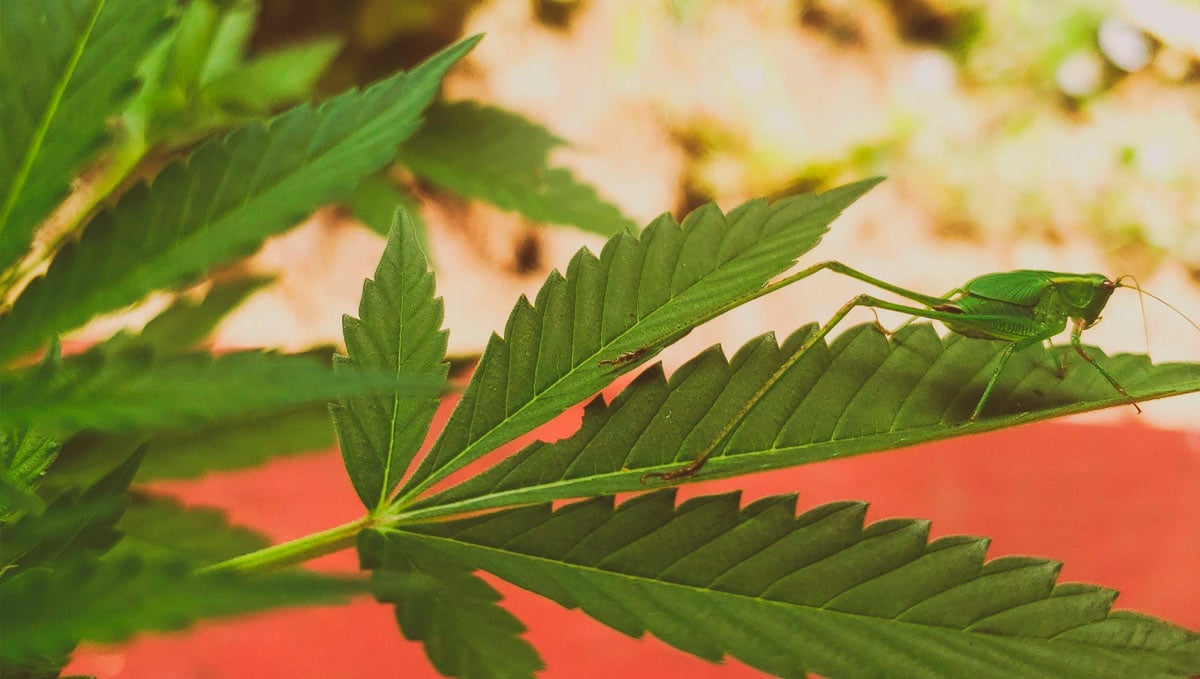
Since growing cannabis plants outdoors isn't as predictable as doing it indoors is, you'll need to be extremely cautious about pests. Indoor plants count with an enclosed environment, where pests are less likely to happen, although they still can, but outdoors are just out there threatening to be attacked any time.
If you've identified a grasshopper pest in your plants, it's time to let the grasshopper massacre begin! Here are the best ways to fight grasshoppers or locusts pests attack.
Keep an Eye on Grasshoppers
If you've heard the chirping sounds or even spotted some grasshoppers in your garden, take action before they even get to attack. Normally, these guys like coming out at night, and they could attack your whole plantation over the course of one night, even more when your plants are still small-sized.
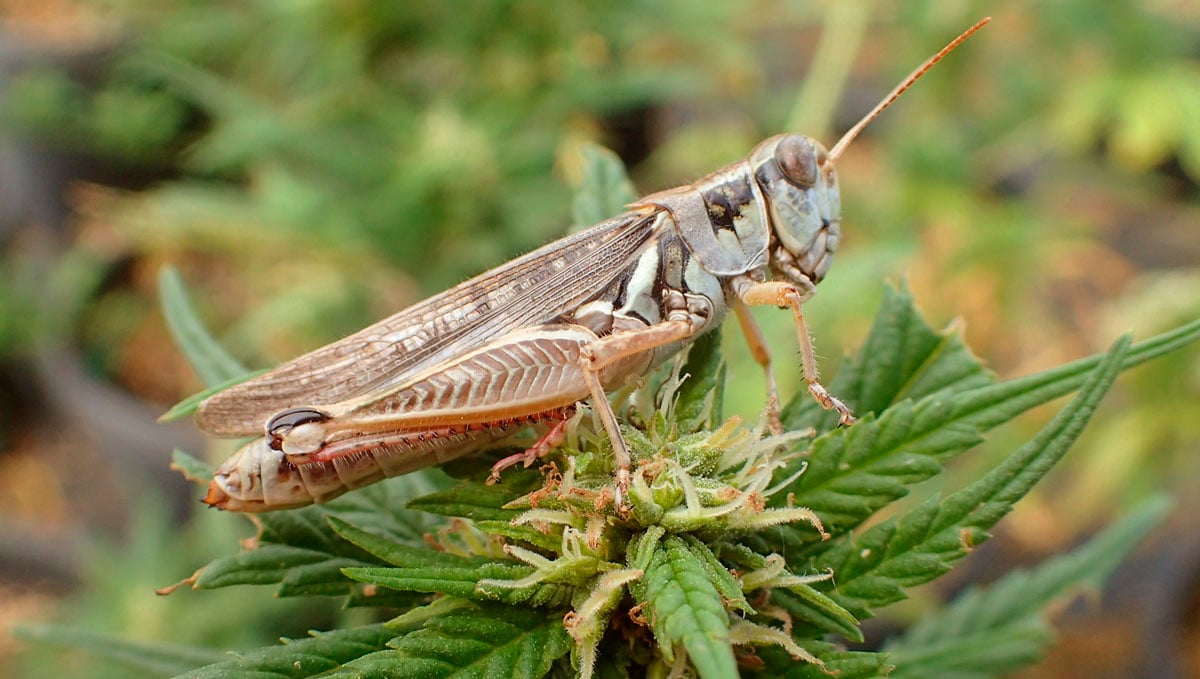
Keep in mind that these insects lay eggs on the ground soil by the end of the summer, both males and females, who lay up to 600 eggs. These eggs can survive all through winter; they hatch by the end of spring and during the next 4 to 6 weeks they grow into full adults. Therefore the following piece of advice.
Keep Your Ground Soil Clear
If you're going to invest time and money in growing marijuana plants you should at least do it right. And one essential part of doing so is not messing up the first and basic step: using the right soil. While keeping the soil clear of debris is a great idea you can also till the soil in the mid-summer. It is important to do this during mid-summer because that is when the female grasshoppers will lay their eggs for the springtime. You should also repeat this process in the late fall and early spring to completely get rid of the eggs.
To keep any grasshoppers from nearing your plants, try to set them in a place where there's no grass. This is because they love grass, and it'll just make it easier for them to find your plants if there's grass all around. Cultivating a patch of grass away from your plants is also a good idea to distract them from your treasures. Tilling, mixing organic matter into your soil in autumn and spring will help getting rid of grasshoppers' eggs.
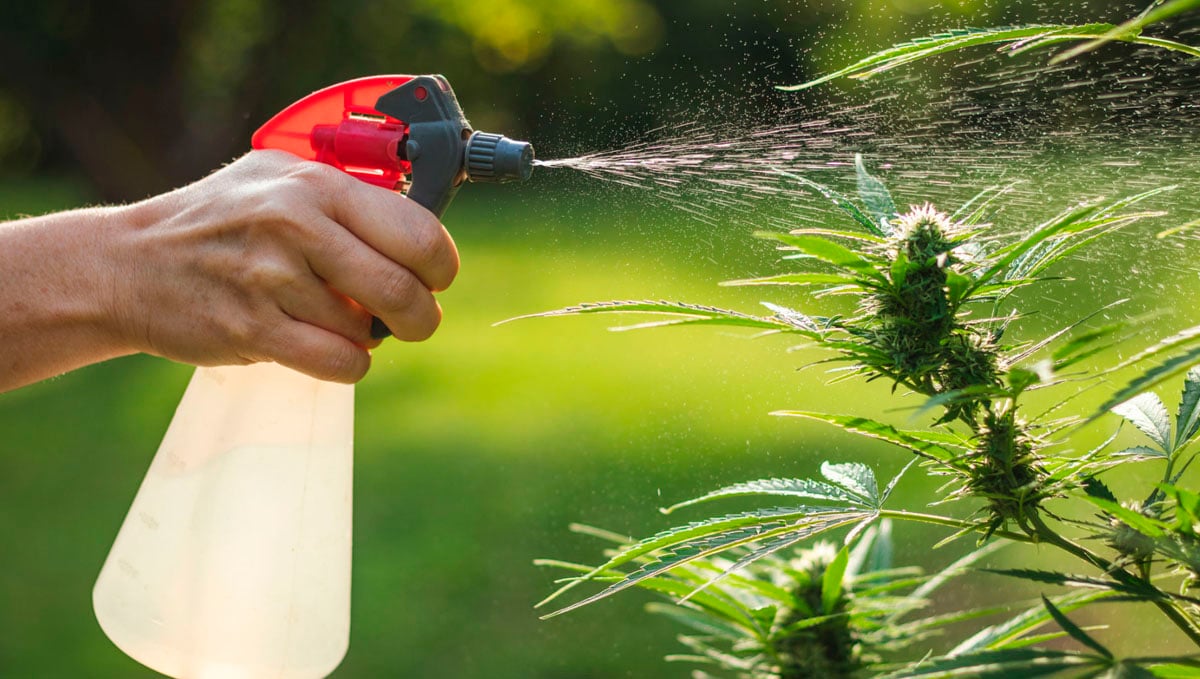
Another great resource for getting rid of these beasts is promoting fungal growth in the surrounding areas to your weed plants since they kill certain types of grasshoppers and locusts.
Using Pesticides to Get Rid of Grasshoppers Pests
If you'd rather take no risks when it comes to your cannabis plants, cute, then perhaps you just resort to pesticides directly. If you're kind of a naturist and would prefer using natural remedies, garlic works as a great natural pesticide. Crush a couple of garlic cloves into water and let it sit for a day or two before applying it to your plant. In combination with the spray garlic also gives you the ability to sow it around the base of your plants regardless if you plant it in the ground or pots. As said above the smell of garlic is an excellent deterrent for grasshoppers and many other pests. Not only does it help protect your plant from pests but it can also give you a good indication whether you are overwatering because garlic prefers dryer soil. Another great grasshopper scarecrows and repellents are vinegar and water mix, or hot pepper wax. There are simply some products in our daily life that are useful for almost everything your mind can conceive.
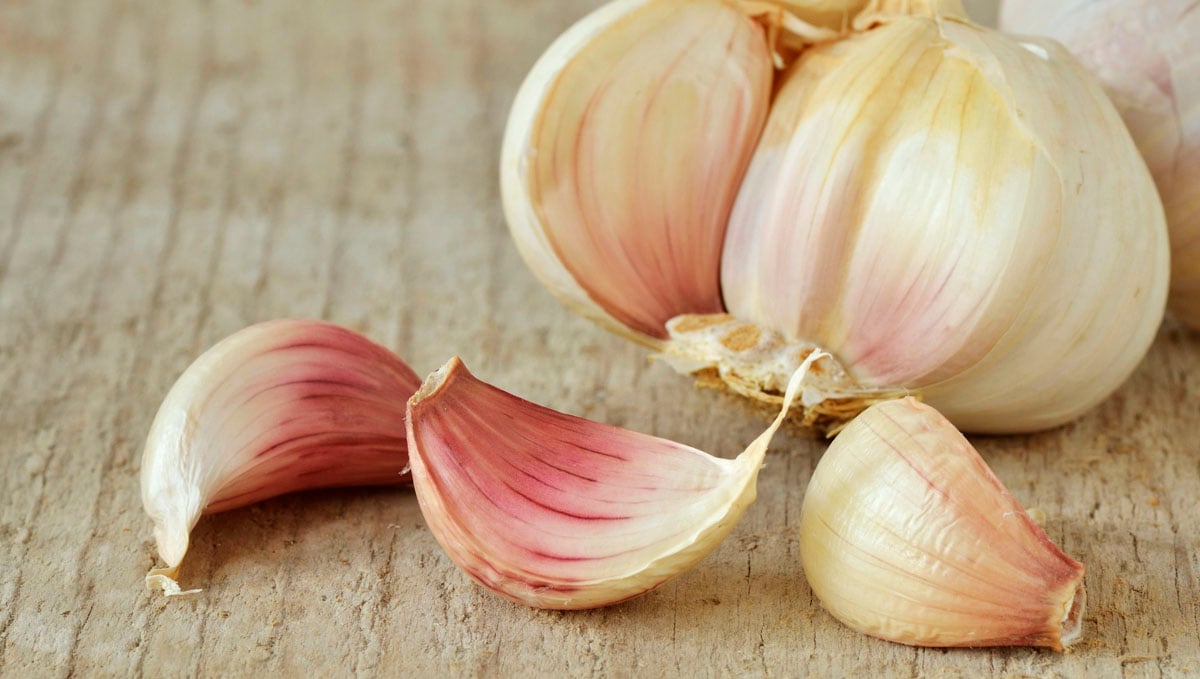
If you'd rather use a pests-specific repellent then head to the nearest gardening store and purchase a pre-made pesticide aimed to target grasshoppers and other predators. There are spray-on options or ones that you water into the soil too, however, these solutions tend to provide 24-hour protection only.
Using Other Plants as Allies
A less violent way of keeping grasshoppers away is planting companion crops such as peas, sweet clover or cilantro. Grasshoppers have a fancy palate, and they don't quite like the taste or smell of the plants previously mentioned, so growing them near our weed plants is a great way of keeping them away.
Call Birds For Help To Get Rid of Grasshopper Pests
Nature counts with its own system of predators to keep the ecosystem in balance. In the case of grasshoppers, birds are great predators to get rid of them. Get your Disney princess skills out and call some birds for help!
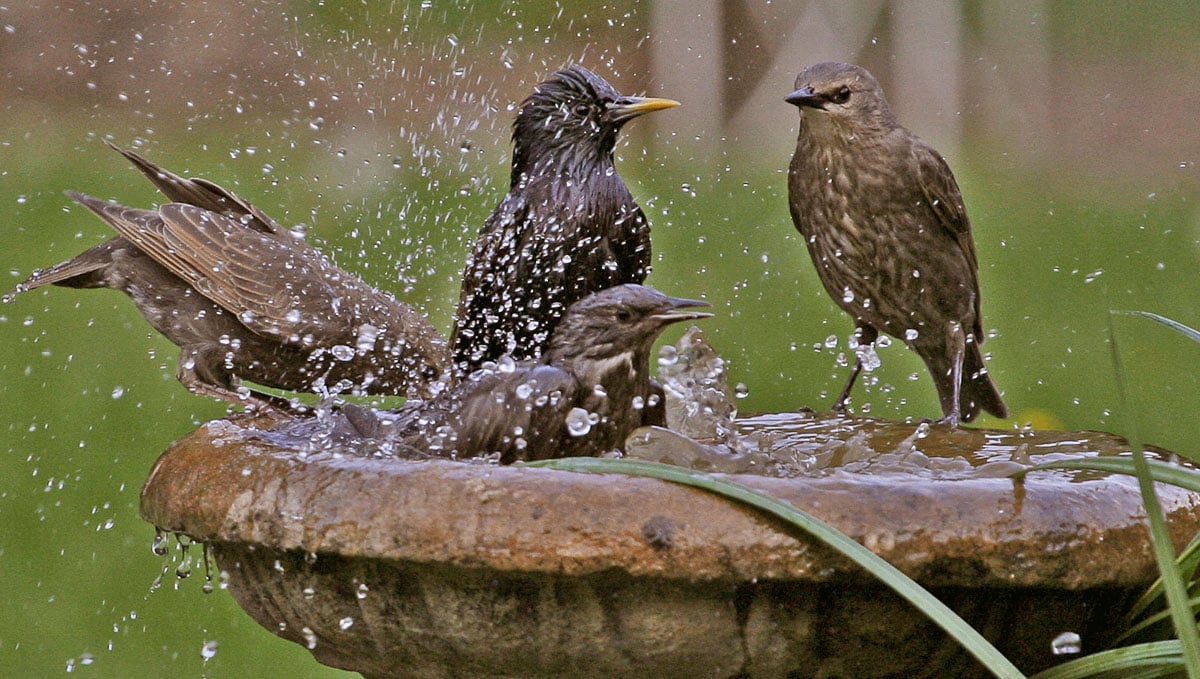
Build a couple of bird perches and watch your flying friends eat these invasive pests. Don't forget to leave some food and water as a way to thank your fellow birds for their help.
All-Purpose Flour A.K.A. Grasshopper's Nightmare
All-purpose flour is more like fairy powder for getting rid of grasshopper pests in cannabis plants. A slight layer of flour dust might be all you need to get rid of these unwanted visitors. Why? When these bastards eat a bit of your flour-dusted weed leaves, it'll block their mouths by gumming up in them, preventing them from eating more. Ouch.
4. Using Fungi as Biological Control
Just because fungi do great things for plants in the ground doesn't mean they won't do great things outside the ground too. If pesticides don't work out for you, you can always turn to fungi to give you a solution. There is one fungus called nosema locustae, which is the only ever mass-produced microspore product to combat the major grasshopper issue on North American farms. What this fungus does is quite interesting, and it not only affects grasshoppers but all similar insects for example it was originally made in Africa to fight the locust issue many years back. Now you're asking yourself how in the world can fungi stop insects like this just from spores but it's a little more sinister than it sounds. What this fungus does is affects the fat body tissue creating an energy metabolism storage problem. What it means for the grasshopper is that it's making them less hungry and becoming debilitated due to starvation which overall greatly increases the death rate of the grasshoppers during a short period of time.
5. Other Common Pests to Look Out For
So, there you have it. Everything there is to know about grasshoppers, and how to either eradicate an infestation or prevent them from making your cannabis garden home in the first place. But, how about other common pests? There's a bunch of little annoyances that can, and will (given the chance), come and get all cozy up in that beautiful crop you call your own. Let's quickly run through the most common culprits, and the best ways to treat each one.
Spider Mites
Spider mites are probably the most common pest among cannabis crops, and one of the most devastating. These little buggers hide away not only under the fan leaves, but can also make a home in the buds themselves, sucking out all the goodness to leave you with nothing but destroyed crops. Spider mites are small, very small. So small, in fact, that you will need a 10x magnifier to properly identify them. They can be either a translucent pale green (youngsters) or a darker shade of also green with dark spots. Some varieties may also present with red spots.
A few telltale signs that you are dealing with spider mites are very fine webbing throughout the plant structure, yellow or tan spots appearing on the leaves, or the leaves appearing to be dealing with heat stress issues. If left untreated, they can quickly take over a garden and ruin the whole crop. To get rid of them, use neem oil, insecticidal soap, or even diatomaceous earth (DE) to name a few.
Aphids
Aphids are another common nuisance often found in cannabis crops. They like to feed on new growth, and can be easily identified as they are a little bigger than spider mites. Look for small, pale yellow, pear-shaped bugs that can also present as a darker green or even light brown, with green stripes. They usually like to hang out on the larger fan leaves, but can also be found throughout the entire plant.
Aphids can also produce a sticky substance known as honeydew, which you will notice on the leaves and stems of the plant. They are usually easy to get rid of with insecticidal soap or neem oil, but if left untreated can still cause some damage to your crop.
Fungus Gnats
Fungus gnats are a common issue for outdoor crops, but can make their way into indoor grows from time to time. Living mostly in damp soil where there is plenty of organic matter, they can quickly become annoying pests that can be difficult to eradicate. Look for small, dark grey flying bugs with long legs - they look like tiny mosquitos. If you have a serious infestation, the top of the soil will also appear to move due to all the gnats dancing around.
The main problem with fungus gnats is that it is not the adult form you have to be on the lookout for. The larvae are what do most of the damage. They live in the root zone, and feed off the roots, eventually killing the plant should they get a chance. To combat them, you can either opt to use an insecticide specifically designed for fungus gnats, or drench your soil with neem oil every couple of weeks will do the trick as well.
Thrips
Thrips are another common pest, and they are very small - only a few millimeters long. To identify them you will need to look closely at the buds and fan leaves as they tend to hide there during the day. They also present tiny white streaks across the surface of the leaves. Thrips feed on the sap of plants, which can lead to stunted growth, yellowing leaves, and even death. To get rid of them you can use neem oil, or insecticidal soap, or release beneficial predators into the grow room (like praying mantises).
Nematodes
Nematodes are tiny roundworms that live in the soil and feed off of plant roots. They can be identified by looking for stunted, wilting plants with yellowing leaves. If you do find them, the best way to get rid of them is by treating the soil with beneficial nematodes or a soil-borne pesticide.
These are some of the most common pests you may encounter in a cannabis crop. With some patience and diligence, you should be able to identify any problem early on and take action quickly in order to save your precious plants. Good luck!
6. The Bottom Line
If you pay enough attention to your family (your weed plants in this case) you should be able to manage any inconveniences that might come along the way. Make sure you perform daily checks and do all the necessary things to promote your cannabis plants' well-being. In the long run, this will be much appreciated. Ever wondered why your cultivator friend grew such amazing buds? He's dedicating lots of care and time to it for sure.
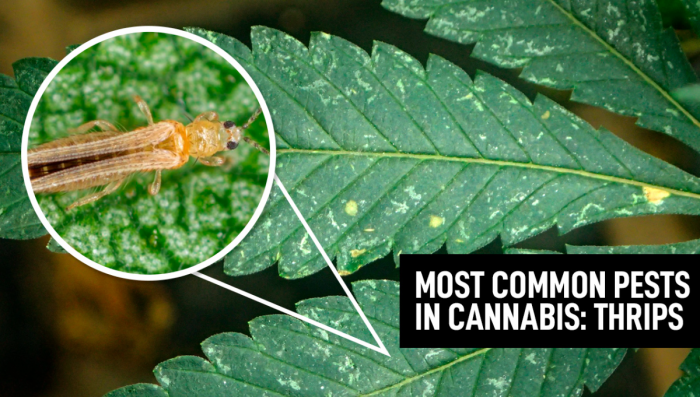









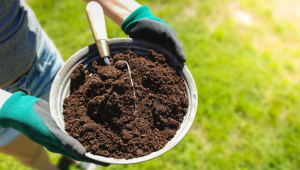
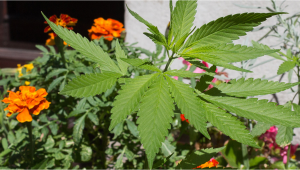

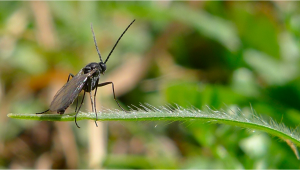

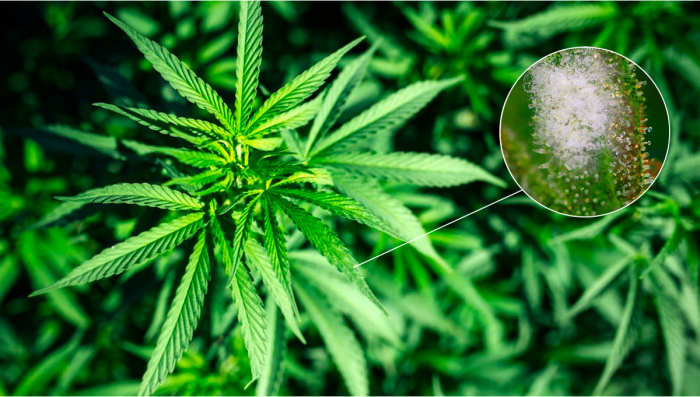
Comments